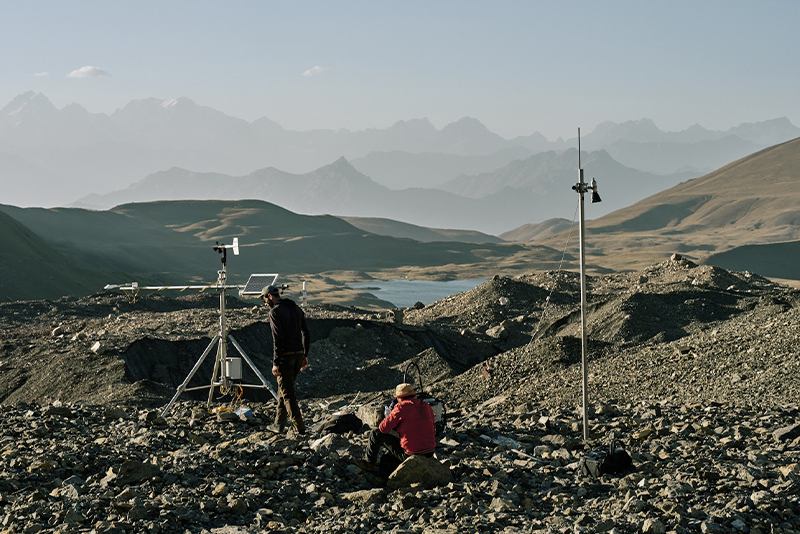
HMP
The Human Measurement Project

Abstract
In certain developing countries, child malnutrition is a common problem. To prevent it, it is important to track the nutrition status of children. This is conventionally done by visiting children at their home and taking basic measurements of height, weight, and other relevant attributes. This process is done manually and is both tedious as well as error prone. The bmAi project aims to develop a mobile phone based solution to make the process of measuring height and weight both easier as well as faster. It is a joint project between EssentialTech (ET), Signal Processing Lab (LTS5), and SDSC, in collaboration with Lausanne University Hospital (CHUV) and Terre Des Hommes (TDH). The goal of the project is to estimate the height and weight of an individual from a frontal and lateral picture of an individual taken in real-life setting using an uncalibrated mobile phone camera. This is a very challenging problem from the point of view of computer vision.
People
Collaborators
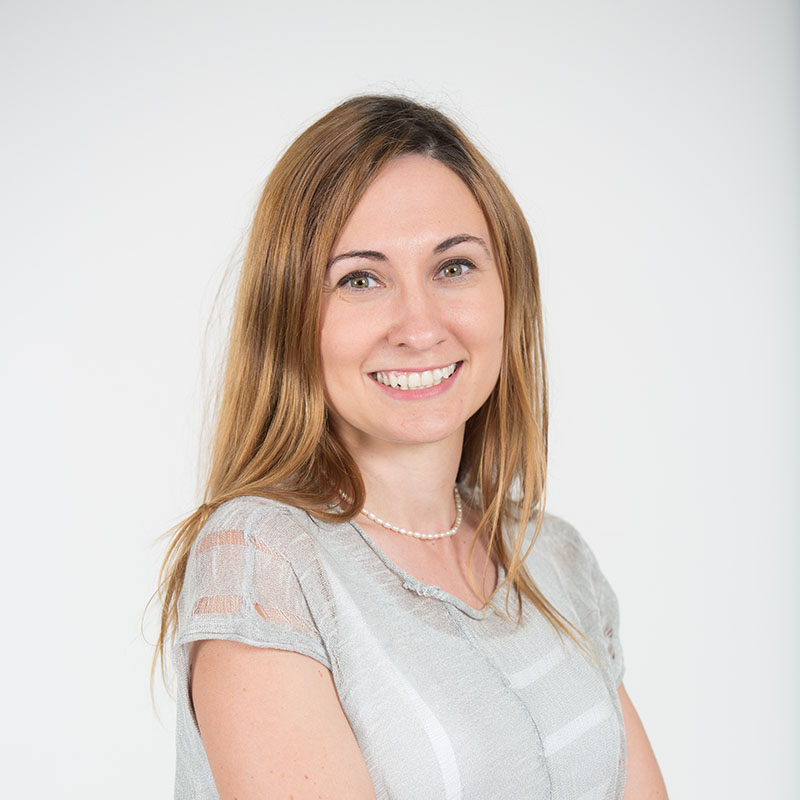

Dorina is a Senior Data Scientist at the Swiss Data Science Centre since December 2016. Prior to that, she was a postdoctoral researcher at the Signal Processing Laboratory (LTS4) of EPFL, Switzerland. She got her M.Sc. and Ph.D. in Communication Systems and Electrical Engineering respectively, both from EPFL, and her Diploma in Electrical and Computer Engineering from the University of Patras, Greece. In summer 2014, she was a research intern with Microsoft Research, Redmond, USA, working on the compression of 3D point clouds. Her research interests include graph-based signal processing for data representation and analysis, as well as machine learning, with a particular focus on the design of interpretable models for personalized medicine. After four years at the Swiss Data Science Center, Dorina has joined the pole of the Center for Intelligent Systems (CIS) at EPFL on Medicine and Healthcare as an AI Research Scientist.


Radhakrishna has a PhD in Computer Science from EPFL Switzerland, an MSc in Computer Science from NUS Singapore, and a BEng degree in Electrical Engineering from JEC India. During his 16 years of working experience, he has worked in the industry and academia, and has founded three start-ups. He has published over 20 refereed papers, which have received over 9000 citations. He is a co-inventor in 4 patents. He has served as a reviewer for several conferences and journals of repute and as area chair for ECCV 2016. His main interests are Computer Vision, Image Processing, and Machine Learning.
PI | Partners:
description
Problem
- Malnutrition remains widespread worldwide.
- 1/3 of African children are stunted.
- Anthropometric measurements are essential to diagnose malnutrition & other health conditions.
- Measurements taken on site with manual means are often imprecise/unreliable, especially with children. The idea is to use advances in machine learning and computer vision to obtain these measurements purely from images taken using mobile phones.
Solution
- A mobile application based on Ai that can estimate body measures from a cellphone image.
- A sustainable business model for deployment in both developed and developing countries.
Impact
- Fight malnutrition in low income contexts
- Innovative medical diagnoses based on Ai-enabled anthropometry.
- Dual business models: premium in industrial context vs freemium in low-income contexts.
Progress
The goal of the project is to estimate the height and weight of an individual from a frontal and lateral picture of an individual taken in real-life setting using an uncalibrated mobile phone camera. This is a very challenging problem from the point of view of computer vision. Two approaches were taken to work towards a solution.
The first approach involved the estimation of height followed by the estimation of weight in two steps. In order to estimate the height, the joint locations of limbs were detected using a method available in existing literature. The distances between joints were used to estimate the full height of the individual based on similar annotated data. In order to detect the weight, first the silhouette of the individual is detected using an existing method. Assuming a near elliptical shape and given the height, the volume of an individual is estimated using the frontal and lateral silhouettes as the cross-sectional measurements. Density values are regressed upon for each pixel-level slice of the estimated volume, using which the weight can be estimated.
The main drawback of the two-step process is that an error in the computation of the height accumulates with the error error in the estimation of the weight. To avoid this, a second, single step approach is taken. A deep network is trained to simultaneously compute the silhouette, the skeletal joints, as well as the attributes of height and weight in a single step, taking only a frontal image as input (see figure below). A paper presenting this was a to accepted in ICASSP 2020.
Since the images and data related to the child images were small in number and privacy sensitive, all training was performed using publicly available data for adults. The idea is to perform the training on these and then fine-tune the models for the child images. The result was that the model attained acceptable error (less than 10%) in predicting height, but more that that for weight estimation.
Presentation
Gallery


Annexe
Additional resources
Bibliography
Publications
Related Pages
More projects
MAGNIFY
News
Latest news
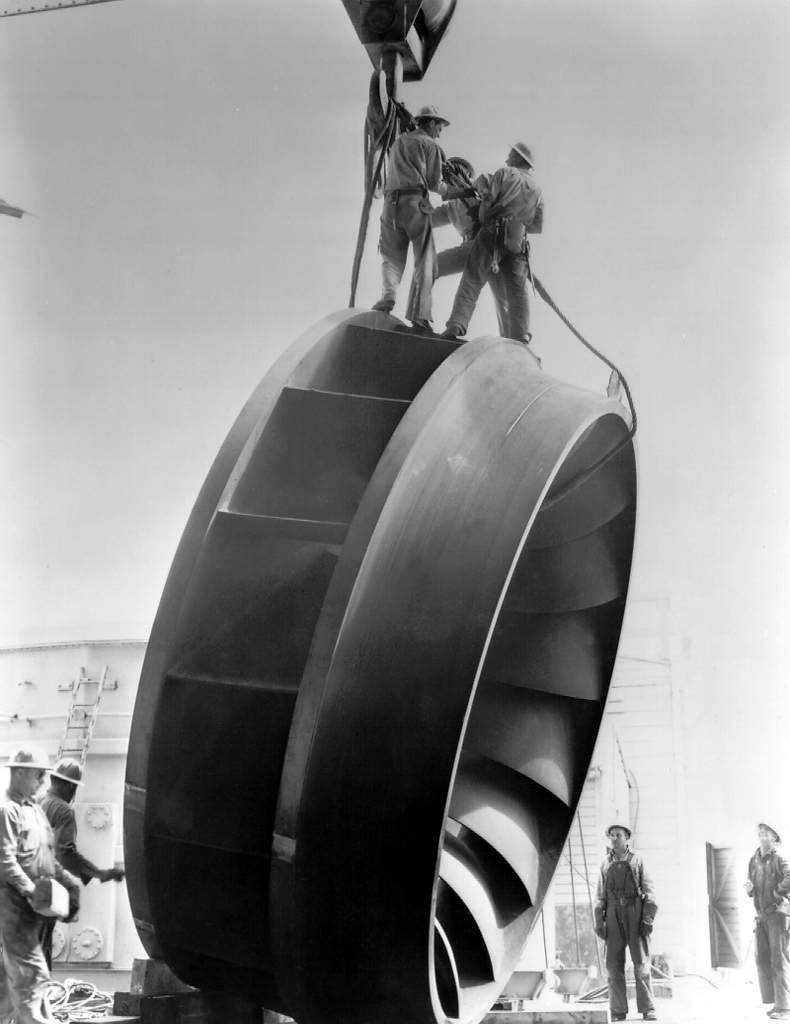

PAIRED-HYDRO | Increasing the Lifespan of Hydropower Turbines with Machine Learning
PAIRED-HYDRO | Increasing the Lifespan of Hydropower Turbines with Machine Learning
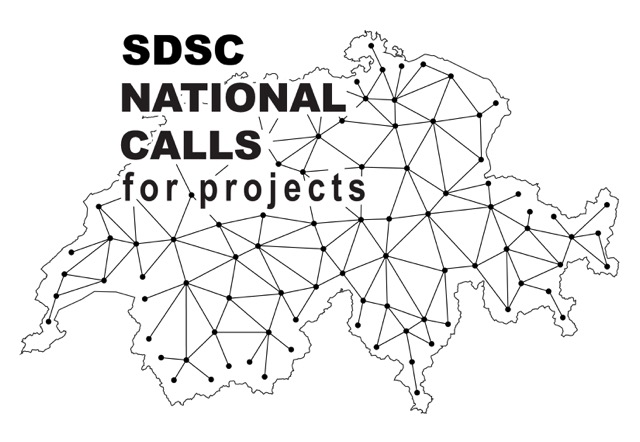

First National Calls: 50 selected projects to start in 2025
First National Calls: 50 selected projects to start in 2025
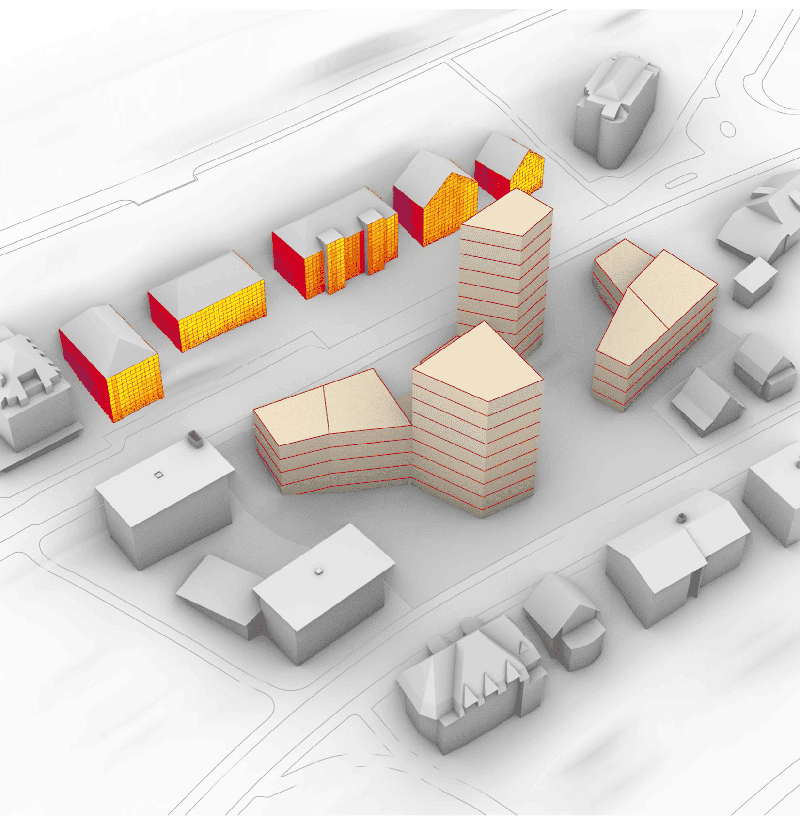

AIXD | Generative AI toolbox for architects and engineers
AIXD | Generative AI toolbox for architects and engineers
Contact us
Let’s talk Data Science
Do you need our services or expertise?
Contact us for your next Data Science project!



